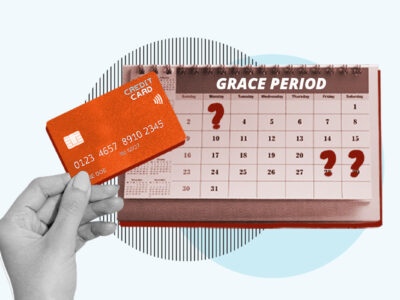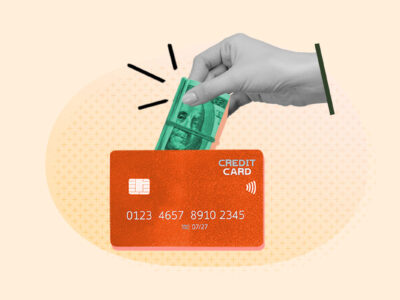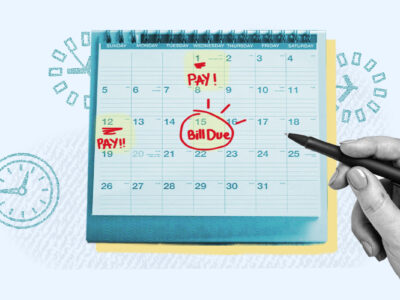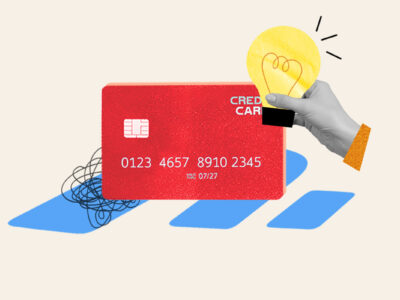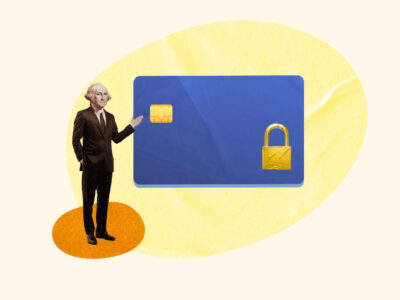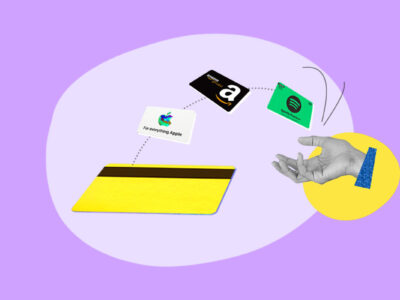When shopping for a credit card, getting the best rewards possible is at the forefront of most peoples’ minds. Unfortunately, rewards are also some of the most misunderstood aspects of credit cards. Points, miles, and cashback schemes intermixed with welcome bonuses, promotional rates, and limitations make it difficult to find out which rewards will work best for you.
That’s why we made it our goal to break down each card’s rewards scheme, and provide a clear example showing you how much the average user might earn back with the card annually. While the average user’s spending habits may be far lower or higher than yours, we hope seeing a baseline helps you make a quick assessment based on your own spending.
We estimate how much the average user can earn in rewards with a given credit card through a 4-step process:
Table of Contents
Step 1: Associate credit score ranges with income brackets
First, we associated certain credit score ranges to certain income brackets in order to best identify the spending habits of the target borrower. Using data from the US Census Bureau and FICO, we’ve associated credit scores and income brackets in the following ways:
- Prime borrowers: Prime borrowers have credit scores between 670–850 and represent the average American borrower. The typical prime borrower’s income is between $54,475–$86,764.
- Subprime borrowers: Subprime borrowers have credit scores between 300–669 (or no credit score at all) and account for only a third of the US population. The typical subprime borrower’s income is between $30,000.00–$39,999.99.
Step 2: Tailor spending data to the credit score range
Because the majority of Americans fall into the “prime borrower” category, we used data from the Bureau of Labor Statistics and other sources to determine the average American’s spending in possible rewards categories.
To determine subprime borrowers’ spending habits, we took unique data for that income bracket when possible. When no unique data was available, we adjusted the average American spending estimate by reducing it 39.9% (as the median subprime borrower’s income is 60.10% of the medium prime borrower’s income).
Step 3: Target the savvy credit card user
Next, we adjust our spending estimates based on the savvy credit card user. Here’s what makes a credit card user savvy in our eyes:
- They’re the target audience for the card. For example, we assume someone in the market for a travel credit card frequently takes trips. So we adjust our data to fit the average American traveler.
- They manage their account. Some credit cards require the borrower to activate rewards categories, choose quarterly (or even monthly) rewards categories, or have knowledge of rotating categories that are determined by the issuer. The target credit card user keeps up with these changes, so they always know which spending categories can net them the best rewards.
- They spend wisely: Most importantly, the savvy credit card user maximizes their credit card rewards by spending wisely. Take, for example, a credit card that gives 5% cash back on travel purchased through the issuer’s travel portal, but only 2% cash back on travel purchased elsewhere. Assuming prices in the issuer portal are the same as other booking sites, the savvy borrower books through the issuer to score extra rewards.
Step 4: Calculate rewards
Finally, we take a credit card and calculate its rewards by:
- Estimating annual spending in each rewards category based on the target borrower
- Multiplying the estimated annual spending by the category’s rewards rate
- Accounting for category limits, such as annual spending caps
- Adding up each category’s returns to produce an overall annual earnings estimate
Note that our annual rewards estimates don’t include any welcome bonuses, annual credits, or first-year promotions. Instead, we want to give you an idea of how much you can consistently earn back year-over-year—even when special offers aren’t on the table.


